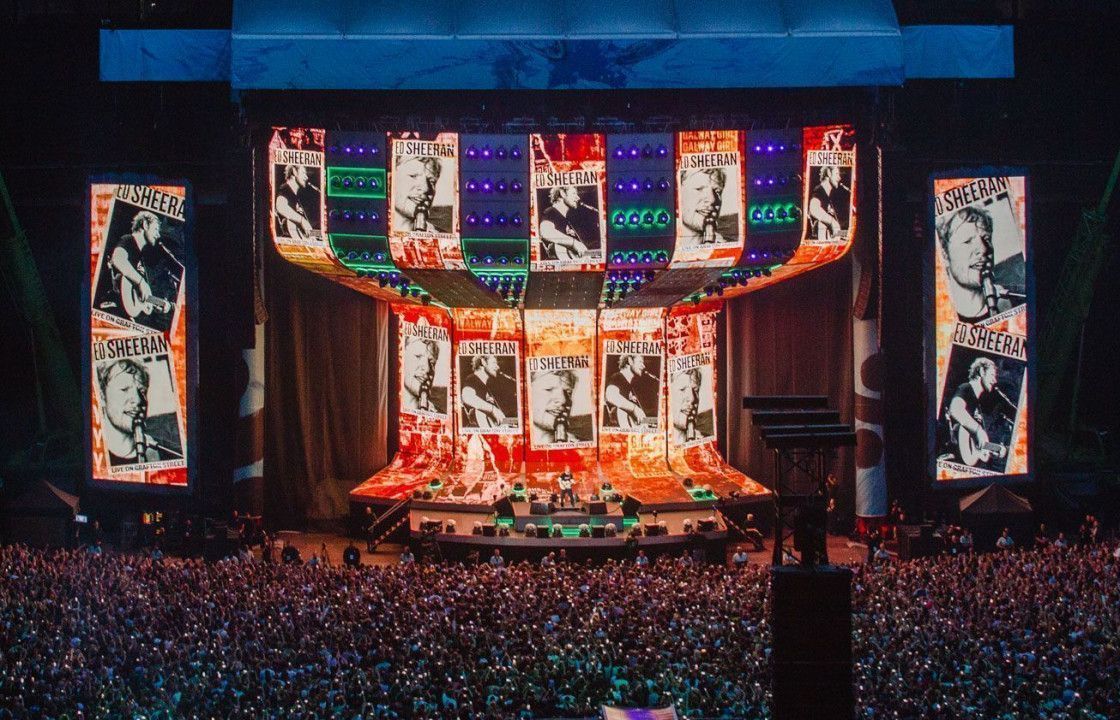Comprehending the Frequent Factors of LED Panel Unit Malfunction
Wiki Article

Light Emitting Diode panel screens are widely used in multiple settings, from ads to residential cinemas. These screens are favored because they provide vivid and dynamic images while being energy-efficient. However, similar to all electronic devices, LED panel screens can experience failures. Comprehending the common reasons of these failures is important for preserving their functionality and ensuring longevity. This article examines several key elements that can contribute to the failure of LED wall panels.
One of the primary frequent reasons of failure in LED wall screens is overheating. LED technology produces heat during use, and if this heat is not adequately managed, it can harm internal parts. Poor ventilation or inadequate cooling systems can worsen the problem. When the heat rises beyond the recommended levels, it can result to diminished brightness, color deviation, or complete failure of the panel. Regular care, including cleaning air vents and ensuring adequate ventilation, can assist prevent overheating and extend the life of the screen.
Another major cause leading to LED panel panel failure is power surges. Fluctuations in the power supply can cause harm to digital parts within the screen. Sudden jumps in electricity can cause to blown fuses or damaged circuits, resulting in malfunctioning displays. Using surge protectors and voltage regulators can mitigate this risk More Info by stabilizing the electricity supply and protecting sensitive electronic parts. Making sure that the power infrastructure is up to code and capable of handling the power requirements of the screen is also critical.
External factors play a vital role in the performance of LED wall panels. Exposure to harsh temperatures, moisture, or debris can adversely impact their operation. For instance, high humidity can result to water buildup inside the screen, which can result in short circuits or corrosion of internal components. Similarly, excessive dust build-up can obstruct airflow and result to overheating. Placing LED screens in controlled environments and regularly maintaining them can assist maintain optimal functionality and avoid failures.
Additionally, production defects can lead to early malfunctions in LED panel screens. Quality control during manufacturing is crucial to guarantee that each panel meets industry standards. Defective parts or poor construction can result in issues such as check out the post right here dead pixels or uneven brightness. It is important for buyers to buy LED wall panels from trusted manufacturers that provide warranties and support. This guarantees that any possible defects can be addressed promptly, reducing downtime and annoyance.
In conclusion, understanding the frequent reasons of LED wall panel malfunction can help consumers take proactive measures to ensure their longevity and performance. By tackling overheating, safeguarding against power surges, considering external conditions, and choosing quality products, users can greatly reduce the risk of malfunction. Regular care and awareness of these elements will result to a better experience with LED wall screens, regardless for personal or business application.